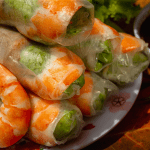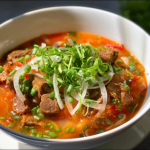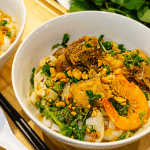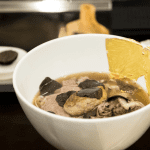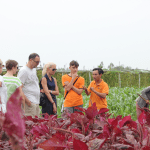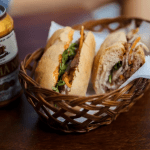A backpacking trip through Vietnam is an unforgettable journey that takes you through the country’s rich tapestry of culture, landscapes, and history. This two-week itinerary offers a perfect blend of bustling cities, serene countryside, historic sites, and coastal beauty, from the vibrant streets of Hanoi in the north to the dynamic pulse of Ho Chi Minh City in the south.
Days 1-3: Hanoi – The Heartbeat of Vietnam
Begin your adventure in Hanoi, a city where ancient traditions and modern life blend seamlessly. Explore the charming Old Quarter, where narrow streets are filled with vendors selling everything from fragrant street food to handmade crafts. Take a stroll around Hoan Kiem Lake, the spiritual heart of the city, and visit the historic Ngoc Son Temple situated on a small island in the lake.
- Must-Visit Spots:
- Ho Chi Minh Mausoleum: Pay respects to the father of modern Vietnam, Ho Chi Minh, at this impressive mausoleum complex.
- Temple of Literature: Vietnam’s first university, dedicated to Confucius, and a serene spot amidst the city’s hustle.
- Hanoi Train Street: A unique experience where you can watch a train pass through a narrow street lined with cafes.
- Important Tip: Traffic in Hanoi can be overwhelming. Use ride-hailing apps like Grab for convenience and to avoid haggling with taxi drivers.
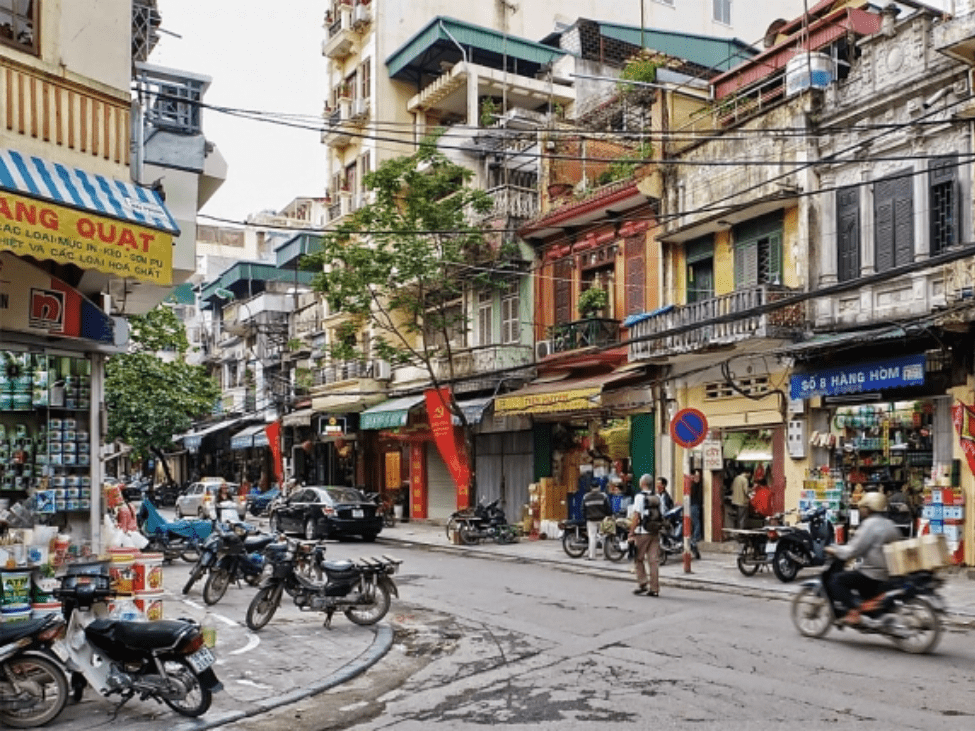
Days 4-5: Ha Long Bay – A World of Limestone Wonders
No trip to Vietnam is complete without a visit to Ha Long Bay. Board a traditional junk boat and sail through emerald waters dotted with thousands of limestone islands. Kayak through hidden caves, visit a floating village, or simply relax on the sundeck as you take in the breathtaking scenery.
- Must-Visit Spots:
- Ti Top Island: Climb to the top for panoramic views of the bay.
- Sung Sot Cave: Known as the ‘Surprise Cave,’ this massive cavern is filled with impressive stalactites and stalagmites.
- Cua Van Floating Village: Experience the life of local fishermen living on the water.
- Important Tip: Book your cruise in advance to secure the best deals and choose a reputable tour operator for an authentic experience.
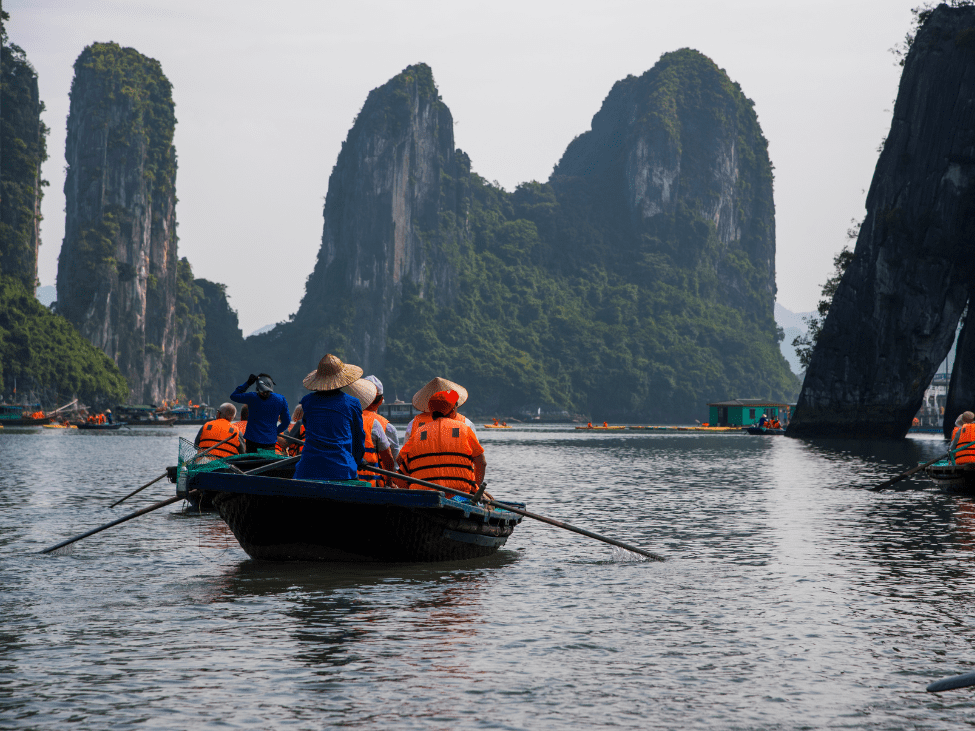
Days 6-7: Ninh Binh – The Inland Ha Long Bay
Head south to Ninh Binh, often referred to as the ‘Inland Ha Long Bay’ for its stunning karst landscapes. Take a boat ride through the tranquil waters of Tam Coc, passing by lush rice paddies and towering limestone cliffs.
- Must-Visit Spots:
- Trang An Scenic Landscape Complex: A UNESCO World Heritage site known for its picturesque waterways and caves.
- Bich Dong Pagoda: A series of ancient pagodas set against the backdrop of lush mountains.
- Hang Mua Viewpoint: Climb up 500 steps to enjoy a breathtaking view of the surrounding landscape.
- Important Tip: Rent a bicycle to explore the countryside at your own pace. It’s a peaceful and scenic way to experience the rural beauty of Vietnam.
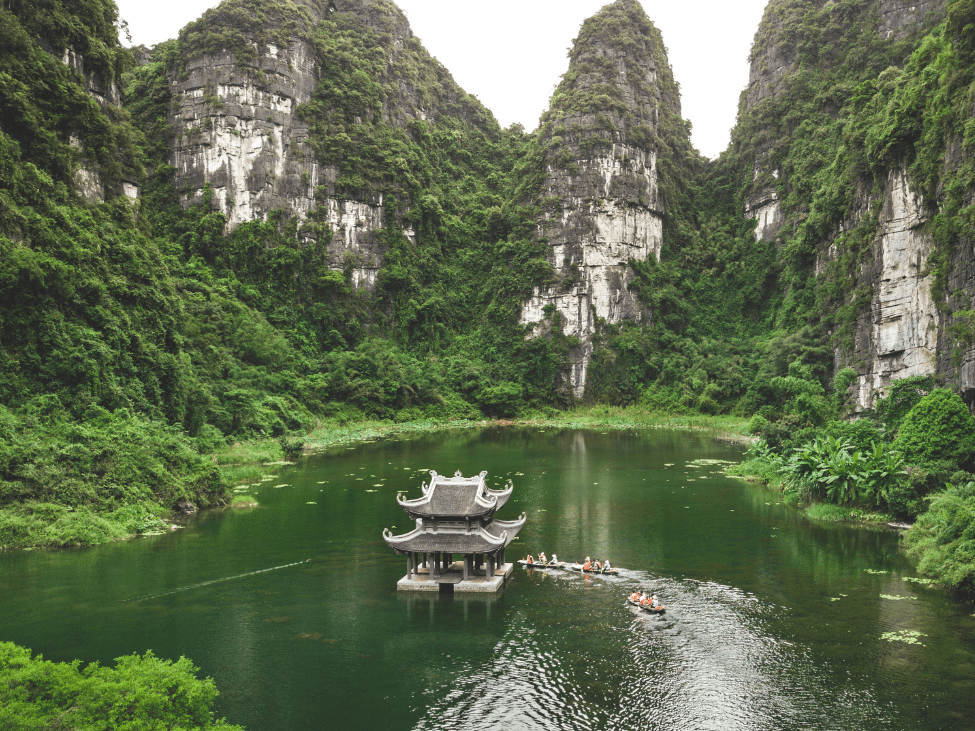
Days 8-9: Phong Nha-Ke Bang National Park – A Caver’s Paradise
For adventure enthusiasts, Phong Nha-Ke Bang National Park is a must-visit. Known for its extensive network of caves, including the world’s largest, Son Doong Cave, this area offers a unique combination of exploration and natural beauty.
- Must-Visit Spots:
- Phong Nha Cave: Take a boat ride into this stunning cave, which features an underground river and impressive rock formations.
- Paradise Cave: Known for its pristine beauty and considered one of the most beautiful caves in the world.
- Dark Cave: For those seeking adventure, zip-line into the cave and wade through a mud bath before swimming in the underground lake.
- Important Tip: Bring appropriate footwear and be prepared for some physical activity, especially if you plan to explore the more challenging caves.
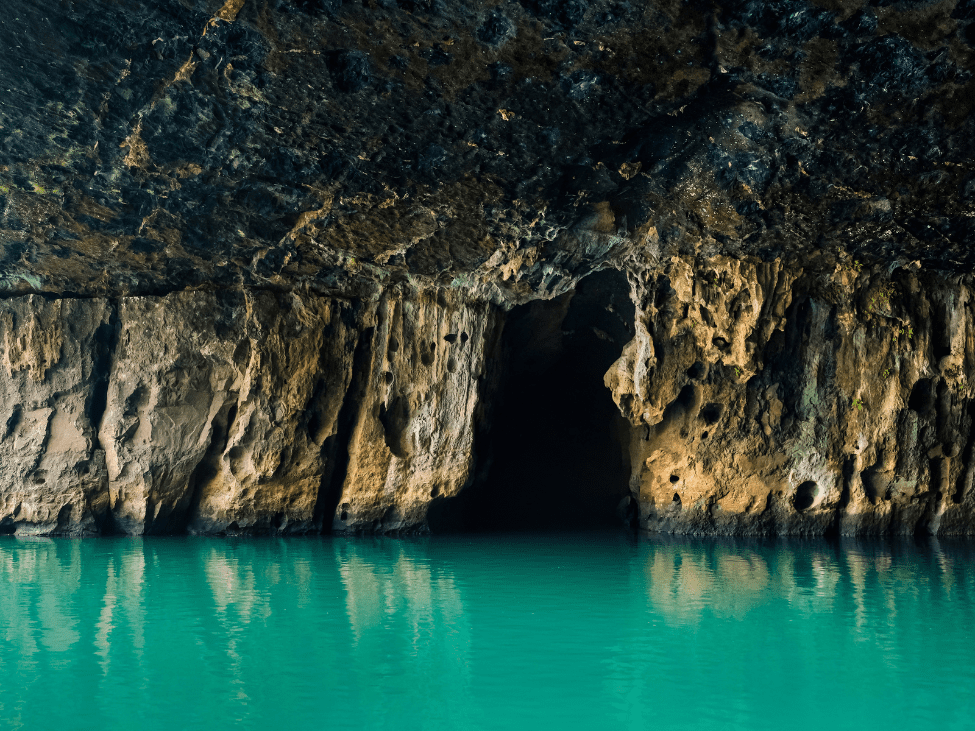
Days 10-11: Hue – The Imperial City
Hue, the former imperial capital, is rich with history and culture. Spend your days exploring ancient palaces, temples, and tombs that reflect Vietnam’s regal past.
- Must-Visit Spots:
- Imperial Citadel: The seat of the Nguyen emperors, this sprawling complex is a UNESCO World Heritage site.
- Thien Mu Pagoda: This seven-story pagoda is a symbol of Hue and offers beautiful views of the Perfume River.
- Tombs of the Emperors: Visit the majestic tombs of Tu Duc and Khai Dinh, each unique in its architectural style.
- Important Tip: The weather in Hue can be unpredictable, so carry an umbrella or raincoat, especially during the rainy season.
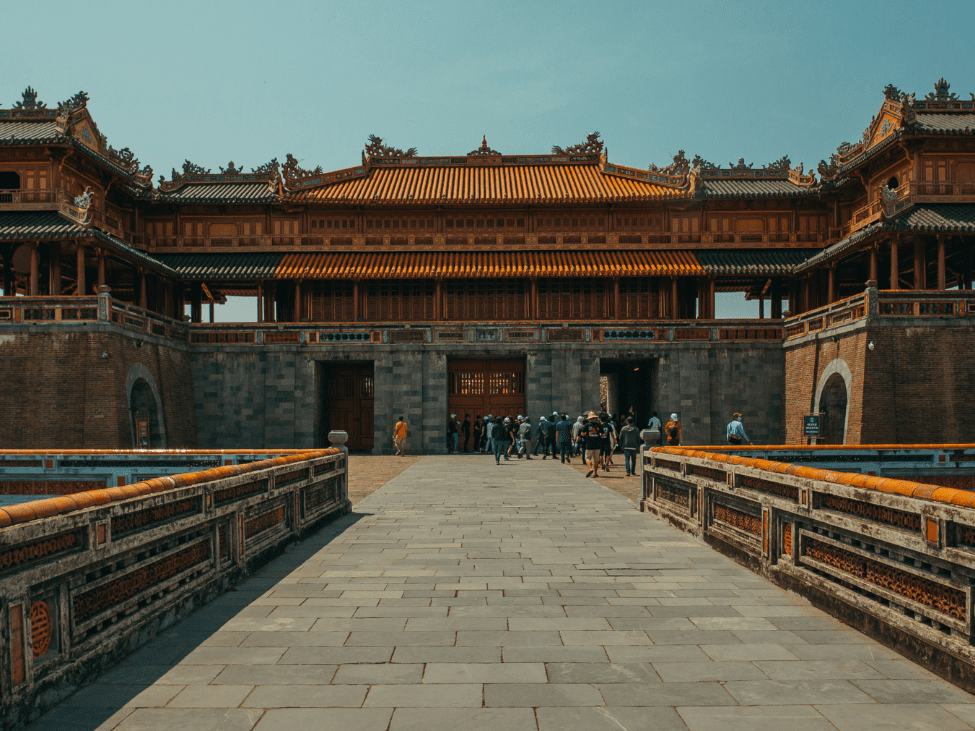
Days 12-13: Hoi An – A Charming Ancient Town
Hoi An is a picturesque town that has preserved its historic architecture and unique cultural heritage. Wander through its lantern-lit streets, shop for tailor-made clothing, and enjoy the local cuisine.
- Must-Visit Spots:
- Japanese Covered Bridge: An iconic symbol of Hoi An, this historic bridge connects the old town with the Japanese quarter.
- Hoi An Market: A vibrant place to sample local dishes and buy fresh produce.
- Tra Que Vegetable Village: Take a bike ride to this organic farming village and learn about traditional Vietnamese farming techniques.
- Important Tip: Visit Hoi An during the full moon for the Lantern Festival, when the town is beautifully illuminated by lanterns floating on the river.
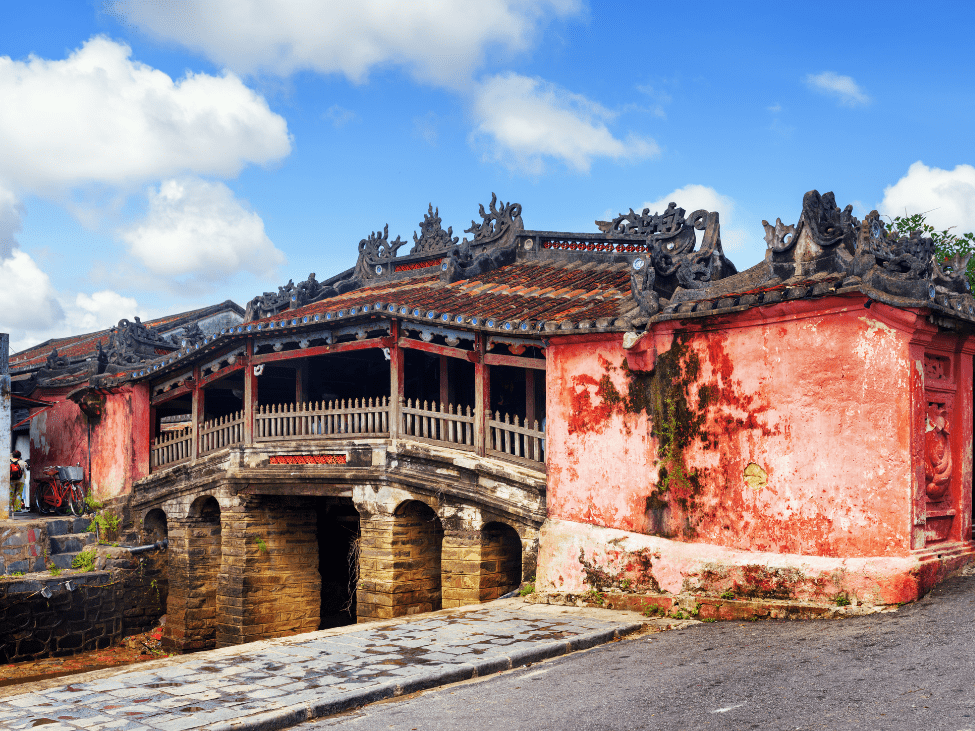
Day 14: Ho Chi Minh City – A Bustling Metropolis
End your journey in the bustling metropolis of Ho Chi Minh City, formerly known as Saigon. This city is a vibrant mix of modern skyscrapers and historic French colonial buildings.
- Must-Visit Spots:
- Ben Thanh Market: A great place to shop for souvenirs and sample street food.
- War Remnants Museum: A sobering look at the Vietnam War from the Vietnamese perspective.
- Notre Dame Cathedral and Central Post Office: Beautiful examples of French colonial architecture in the heart of the city.
- Important Tip: Traffic in Ho Chi Minh City can be intense. Use ride-hailing apps or explore the city on foot for a more immersive experience.
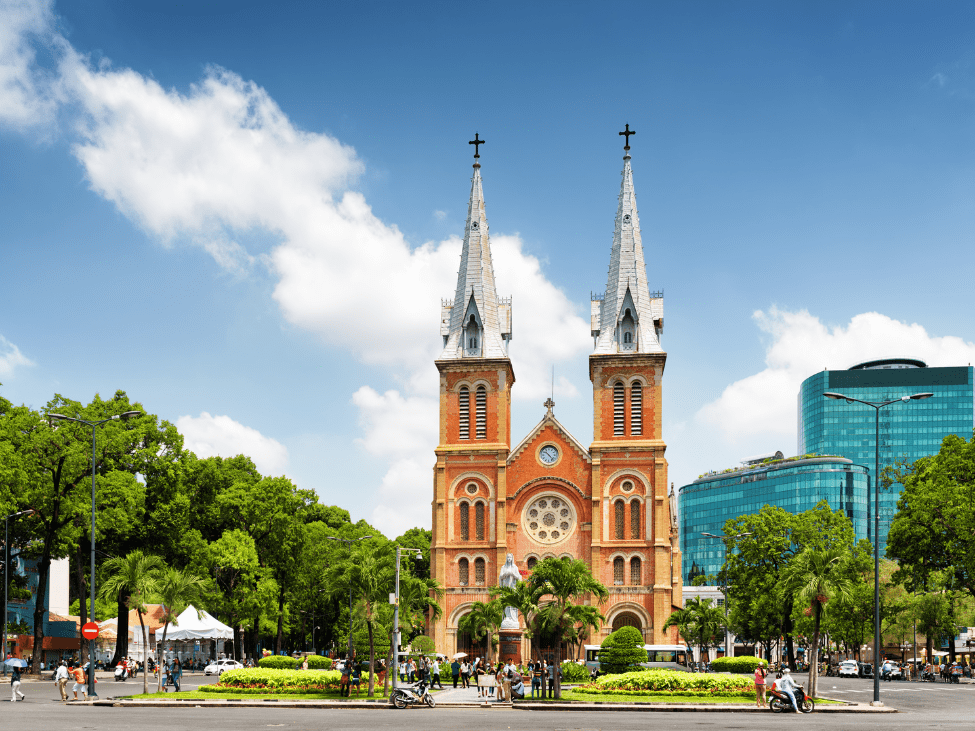
Important Travel Tips for Backpacking in Vietnam
- Weather Considerations: The best time to visit Vietnam is from November to April, when the weather is cooler and drier. However, be prepared for variations as you travel from north to south.
- Visa Requirements: Most travelers need a visa to enter Vietnam. Check the specific requirements for your nationality and apply in advance if necessary.
- Currency and Budget: The local currency is Vietnamese dong (VND). ATMs are widely available, and credit cards are accepted in most places, but it’s always good to have cash on hand for small purchases.
- Packing Essentials: Bring lightweight, breathable clothing for the hot climate, a raincoat or umbrella for the rainy season, and comfortable walking shoes.
- Cultural Etiquette: Respect local customs and dress modestly when visiting temples and pagodas. Learning a few basic Vietnamese phrases can also go a long way.
Experience Vietnam’s Essence with Vespa Adventures
If you want to explore Vietnam’s diverse landscapes and cultures more intimately, consider joining Vespa Adventures’ tours:
- Hoi An to Hue: Hai Van Pass & Coastal Adventure: Ride along one of the most scenic routes in Vietnam, traversing the stunning Hai Van Pass and experiencing the beauty of the central coast. Hoi An to Hue: Hai Van Pass& Coastal Adventure.
- Hanoi Foodie Experience: Discover the hidden gems of Hanoi’s vibrant food scene.
- Saigon After Dark: Experience Ho Chi Minh City’s lively nightlife on a vintage Vespa tour.
- Hoi An Countryside & Islands Explorer: Explore the serene countryside and vibrant island life of Hoi An.
With this two-week itinerary, you’ll experience the essence of Vietnam, from the bustling cities to the tranquil countryside, and create memories that will last a lifetime.


